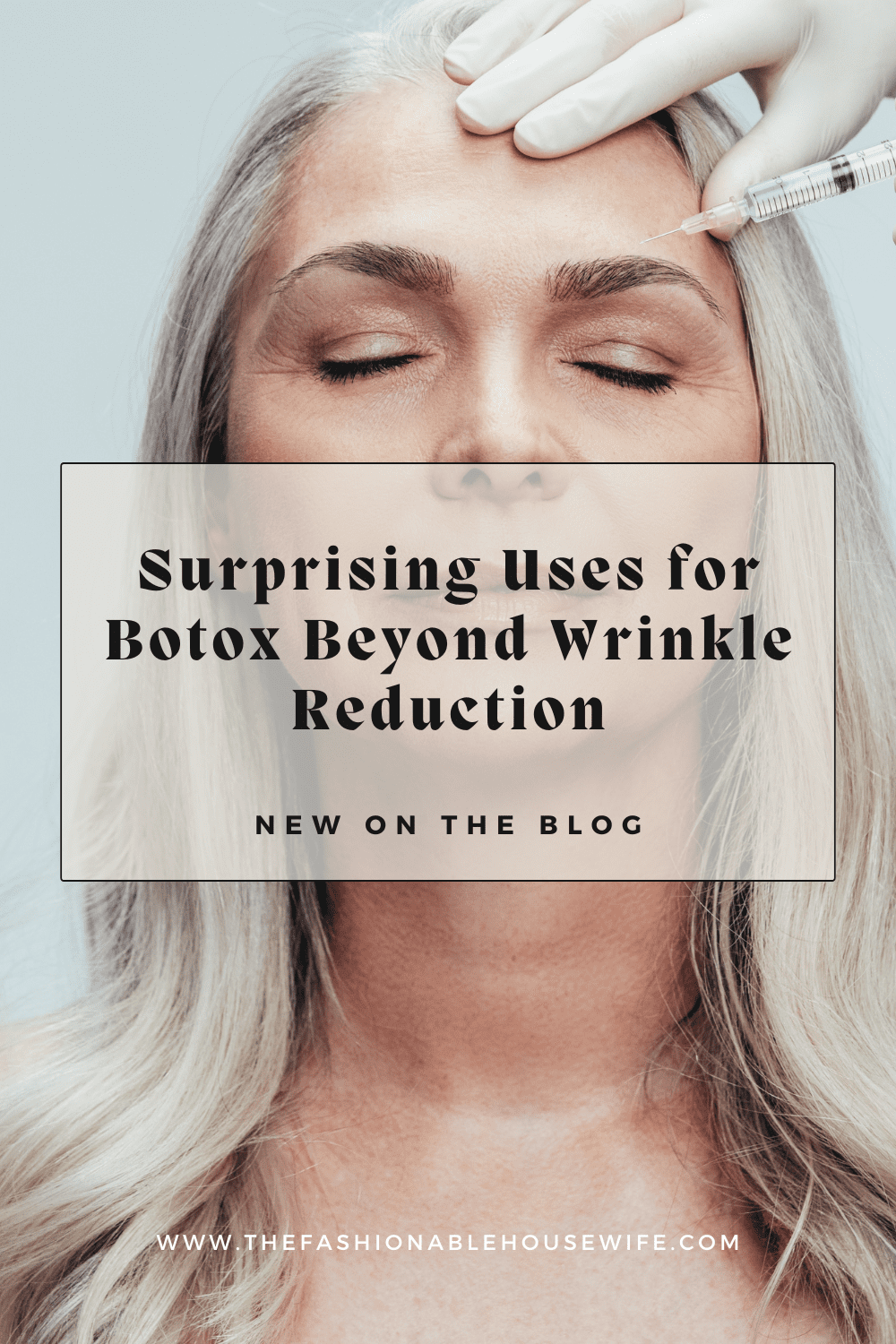Surprising Uses for Botox Beyond Wrinkle Reduction

When most people hear the word “Botox,” they instantly think of wrinkle reduction, smooth foreheads, wrinkle-free eyes, and youthful appearances. It’s no surprise, given Botox’s reputation as the go-to injectable for cosmetic enhancement. However, what might come as a surprise is that Botox, or botulinum toxin, is far more than just a tool for reducing the signs of aging. Originally approved by the FDA for medical use in the late 1980s, Botox has gone beyond wrinkle reduction and has proven to be a versatile treatment option for a wide array of medical conditions, some of which may be entirely unexpected.
1. Chronic Migraine Relief
One of the most revolutionary non-cosmetic uses of Botox is in the treatment of chronic migraines. Approved by the FDA in 2010 for this purpose, Botox is injected into specific areas of the head and neck every 12 weeks. It’s believed to work by blocking the release of chemicals involved in pain transmission. For individuals who suffer from debilitating migraines more than 15 days a month, Botox has offered a dramatic improvement in quality of life.
2. Excessive Sweating (Hyperhidrosis)
Another surprising application is the treatment of hyperhidrosis, or excessive sweating. Botox can be injected into areas such as the underarms, hands, feet, and even the face to block the nerves that stimulate sweat glands. For those who have tried and failed with antiperspirants or medications, Botox can be a life-changing solution, providing dryness that lasts for several months at a time.
3. Overactive Bladder
Many people are unaware that Botox can help manage the symptoms of an overactive bladder. This condition, characterized by sudden urges to urinate and frequent urination, can significantly impair daily life. Botox injections into the bladder muscle can help reduce symptoms by calming the muscles and decreasing urinary urgency. This treatment is especially valuable for patients who haven’t responded well to traditional medications. Who knew that Botox could be good for more than wrinkle reduction?!
4. Eye Disorders
Botox was originally developed to treat eye disorders such as strabismus (crossed eyes) and blepharospasm (uncontrolled blinking or eyelid twitching). By relaxing the muscles around the eye, Botox can correct misalignment and reduce spasms. While these uses may be overshadowed by its cosmetic popularity, they remain crucial for many patients seeking relief from these uncomfortable and socially disruptive conditions.
5. TMJ and Jaw Pain
Temporomandibular joint disorder (TMJ) can cause intense jaw pain, headaches, and difficulty chewing. Botox injections into the jaw muscles can relieve this tension, reduce clenching, and even prevent teeth grinding. As a result, patients often report not just pain relief but also improved sleep and reduced dental damage.
6. Depression
Perhaps the most unexpected use of Botox is in the treatment of depression. While still under study, some researchers believe that paralyzing certain facial muscles can interrupt the feedback loop between facial expression and mood, potentially lifting depressive symptoms. Though more research is needed, early results are promising, and Botox might someday become a mainstream adjunct therapy for mental health. It’s amazing how this injectable has gone beyond mere wrinkle reduction.
7. Vocal Cord Spasms and Neck Spasms
For people suffering from spasmodic dysphonia (a disorder that affects the voice box) or cervical dystonia (a painful condition where the neck muscles contract involuntarily), Botox offers significant relief. By weakening the overactive muscles, the injections can improve speech and reduce pain and discomfort.
As Botox continues to be researched and tested, it’s likely we’ll uncover even more surprising applications in the medical field. Whether it’s restoring function, relieving pain, or enhancing quality of life, Botox’s range of uses extends far beyond what is commonly seen in aesthetic treatments.
If you’re considering any of these treatments, a reputable Botox clinic can guide you through the possibilities and help determine if this versatile therapy is right for your needs beyond just wrinkle reduction.

